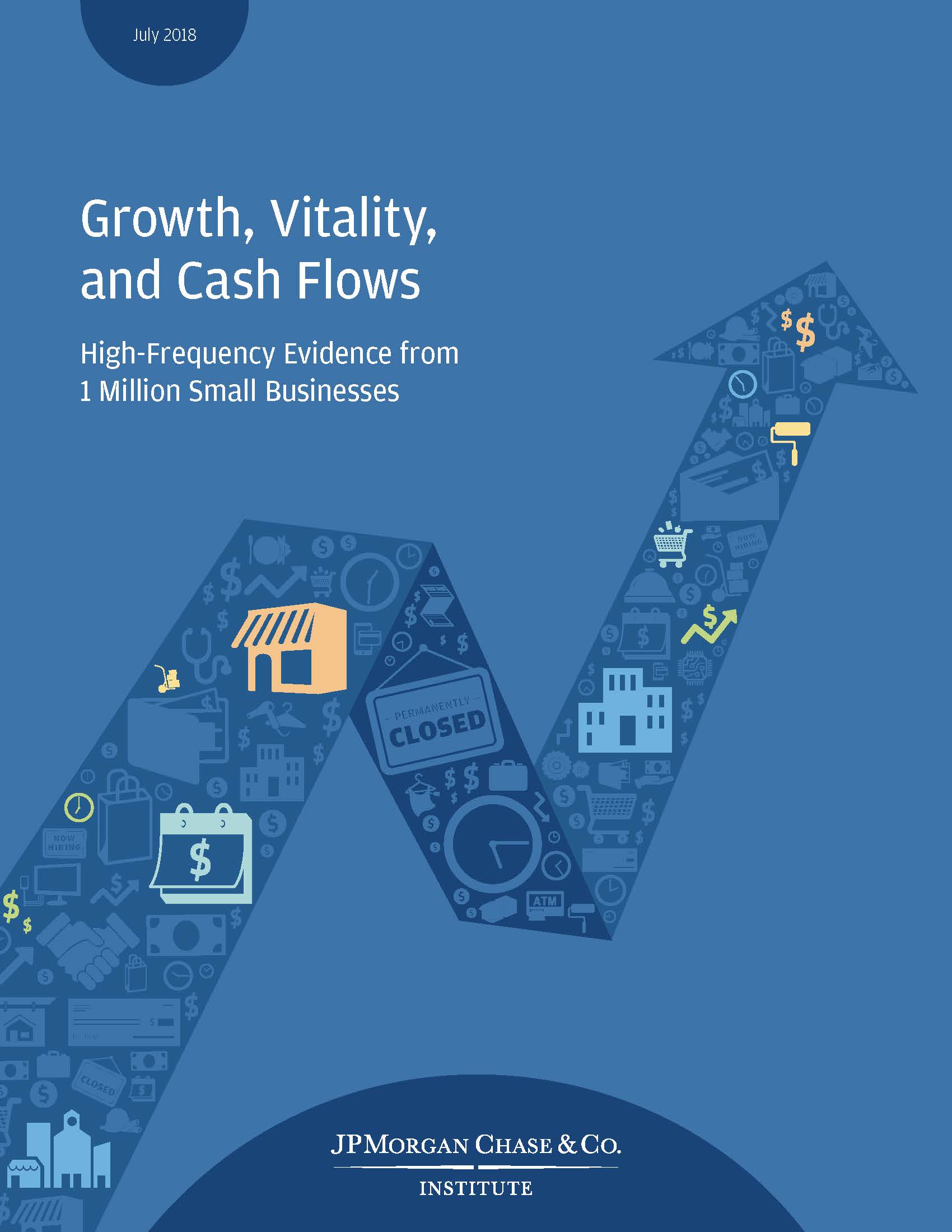Today, every small-medium sized business shares an iconic status in the modern economy, and the owners of these businesses are the job creators, and righteous strivers who drive the economy of a country. But, for the enthusiasm and excitement surrounding small businesses, a central puzzle remains – what is the role of these businesses in the U.S economy?
To understand the role, it’s crucial to explore the life cycle of businesses. While much of today’s conversation is focused on high-growth startups in the Silicon Valley, the reality is that many smaller companies that may never even hire employees are the economic drivers of the small business economy.
According to a report by J.P Morgan Chase Institute on 1 million SMBs, these businesses are not considered as a uniform sector because they differ either in cash flow management, growth, or a number of employees.
How are small businesses contributing to the American economy?
As it is clear that new ventures and small businesses are having a significant impact on the economy, cash flow, and employment, policymakers need to look to SMBs as an engine for future economic growth. Even in the future, small companies are not going to rely too much on financing or hiring employees; they’re likely to generate significant revenue which helps in the growth of the economy. As per JP Morgan Chase, the average life expectancy of a U.S. SMB is 5.3 years. The real estate firms have the longest life expectancy of 9 years, whereas the restaurants have the shortest life expectancy of 3.7 years. In the industry, the non-employer firms are 5x more likely to go out of business than those firms which hire employees. Also, each year, a small percentage of non-employers become employers, but the likelihood of their transition decreases as firms mature.
Different kinds of SMBs and how they contribute to the American economy
JP Morgan Chase classifies SMBs into four segments depending upon their size, dynamism, and complexity to understand the impact of the SMBs on the Americal economy.
1) Financed Growth
The share of the financed growth small businesses is 3%, and it includes businesses like a tech startup or a pizza chain, or other ventures, which will grow in the future using the external financing. The financed growth firms are more concentrated in some industries and cities. 20% of these businesses fail within 4 years of inception, but the contribution to the economy is significant in the years of operation.
2) Organic Growth
These companies enjoy a share of more than 50% of all the companies and are present in every industry and city. It primarily includes companies which are founded by people with significant industry experience such as the consultancy business. The future growth of these companies is dependent upon limited external financing. Furthermore, organic growth firms are responsible for generating revenue and small firm payroll but can cease to exist in the marketplace. The firms play a critical role in generating revenue, but are most fragile and still prefer to take bigger risks as 31% of these firms fail within 4 years of inception. Companies located in areas such as San Francisco and San Jose are 3x more likely to be financed growth small firms. The organic growth firms, on the other hand, is responsible for contributing to the economic growth. Furthermore, such firms share the advantages of the growth across geographies.
3) Stable Small Employer
These firms include a local lawyer or a doctor’s office, which employs anywhere between 5-20 people. Such businesses rarely seek external financing, and 12% of such businesses are likely to go out of business within 4 years of launch.
4) Stable Micro
Such type of SMBs hires no or very few employees, such as a dry cleaner’s shop. The small businesses under this category provide economic support to many households of SMB owners who otherwise might find it difficult to grow. 15% of the total stable micro firms exit the marketplace within four years of operation.
Why Small Businesses Exit the Marketplace?
Most of the small businesses never grow into mid-sized or large corporations because they run out of business within a few years. Here are a few reasons why they exit the marketplace so soon.
- Over time, new and small businesses usually have regular and extremely stable cash flow patterns, or else they will leave the marketplace.
- SMBs with volatile expenses will quickly exit than those with non-volatile cash flow patterns. It means for SMBs, massive and unexpected expenses are difficult to manage, which can lead to their early exit.
- The stable firms never go out of business, declining firms go out of business, and the growing, dynamic firms become more predictable. Also, new and dynamic small firms usually have irregular cash flows, making their survival tough.
- Financed growth firms have erratic revenues, and organic growth firms have both expenses, and revenue with improper timing. These types of irregularities always result in the early exit of the firms.
Until the recent research by JP Morgan Chase, the value and the role of small businesses in the economy was underestimated primarily because the businesses are small. But, on the contrary, there is nothing small about the impact they have on the economy. Right now, the owners need to channelize their energies to grow their business, reduce the challenges and leverage the opportunities that knock on their door.

